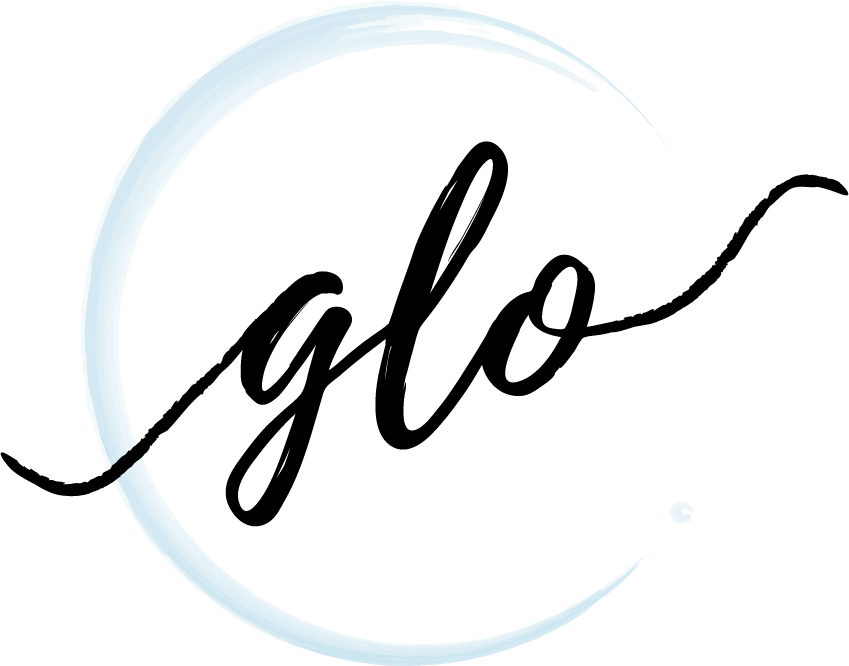Intro to Email Newsletters
Email newsletters should be part of every company’s marketing strategy. If you haven’t got this running smoothing already, there’s no better time to start than now and the clock’s ticking as online sales make up a huge chunk of business revenues nowadays. We’re here to walk you through the steps in getting started.
Why are emails still relevant?
Emails as a method of communication are not only a thing of the past, but it’s still very much part of our present and foreseeable future. The popularity of emails exploded when the internet picked up in the 90s and even though this technology is over two decades old, it’s far from being old news. On the contrary, emails put you at the forefront of your reader’s eyes in the cheapest, fastest, and most accessible way possible.
The number of email users has continued to increase as the years go by and many people check their emails every day or even a few times a day. Most importantly, your audience prefers to contacted by brands through email.
Getting started might have you feeling a bit overwhelming at first, but planning out the little details will ensure that you have a smooth journey.
1. Your Send-From Email Address Matters
A bit of personal touch goes a long way when you’re building relationships with your customers and this includes the email address that you’re sending your email newsletter from or the sender info. Email newsletter service providers can easily help you include your name or business name in the sender line.
2. The Subject Line
You’ve got a split second to catch their attention or end up in the trash.
Keep it:
Catchy
Short
Clear
Concise
Go easy on the punctuations (!!!)
Don’t forget the power of the preview line! It’s a sneak peek of your email’s content and will help to draw in interest.
3. Consistency in the Layout
Your email newsletter should have the same branding elements that are displayed in your social media channels, website, and physical product packaging. Colours, written content, text, and visuals should be consistent across all avenues.
4. Break it up with Images
Nothing is worse than opening up an email that is filled with a big chunk of words. It’s overwhelming and it won’t get your audience interested in what you’ve got to say. The key is to break up the text with relevant and interesting visuals. The saying that a picture is worth a thousand words is extremely true in this case.
Visuals help to:
Make your email more skimmable
Gain more clicks
Increase interaction
5. Provide Value
Your main goal is to gain sales, but this should not be your only focus. Building long-lasting relationships between your brand and your customer should be a priority and this is more true than ever in today’s world. Strong relationships result in ongoing brand loyalty and continued sales. Provide relevant information and valuable content that speaks to your customer base including new products, discounts, stories, or discussions.
Start your email with an opening line that attracts attention, but is consistent with your brand’s voice at the same time. The body should be jam-packed with details of your story. This may include special details or sales information that customers can only receive through newsletters. This is a great way to ensure that your customers stay subscribed and opens your emails.
6. Finish off with a Call To Action
A Call To Action (CTA) is a message that prompts the reader to make an immediate response or action. Examples include:
Shop now
Sign up here
Send us your thoughts
Read the full article
See collection
See full recipe
Get started
Learn more
7. Don’t Forget the Footer
The footer includes valuable information and links including:
Icons to social media accounts
Mobile app download details
Mailing address
Email address for questions
Unsubscribe or opt-out option
8. Scheduling Works
When things are scheduled, they roll out smoothly because everything is well thought out and planned. This is a great groove to get into and you’ll be able to stay relevant and make minor tweaks when needed. Sending out monthly or bi-weekly emails is optimal and never send more than once a week. Also, be mindful of your reader’s time zones to avoid sending out emails in the middle of the night.
9. Take Care of the Legal Details
In Canada, you need to prove that the recipient did indeed subscribe to your newsletter. An easy way to do this is to set up a double opt-in procedure. A subscriber receives an email to confirm their subscription by clicking on a link to actually join the mailing list. Read up on the full legal details here.

